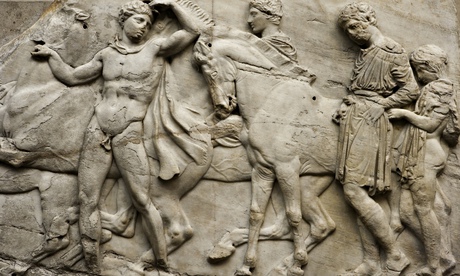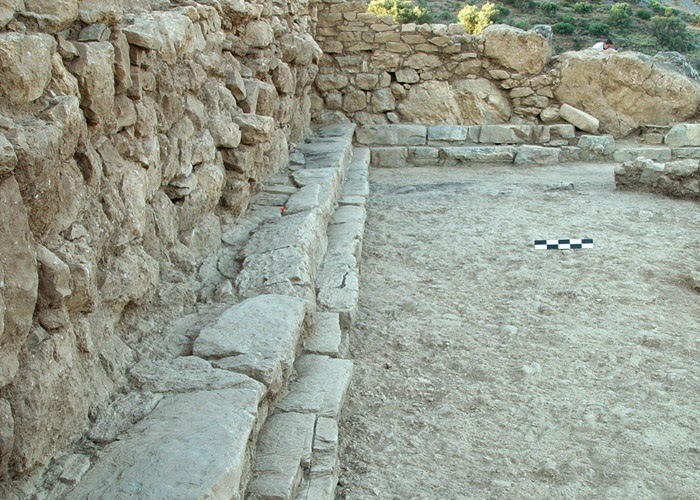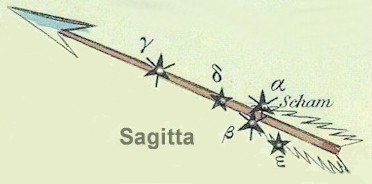All of you know
Classical
Wisdom Weekly, right? Well, they have a
newsletter too, which I
am subscribed to. There is a lot of Roman stuff in there, but every once in a
while they have nice Hellenic mythology features--like their latest one, on the
dragons slayers of the ancient Hellenic world. I love dragons--
drakons--(who doesn't?), so I wanted to share their picks, and then tell you mine.
1.
Apollo
"According to the mythology, a spring nearby the location of the temple [of Delphi] was guarded by the large Python or she-dragon, which Apollo slayed upon arrival, thus freeing the people from their fear of the earth and its power."
2. Cadmus (
Kadmos)
"On a quest to find his sister, Europa, he stopped at the Delphic temple to consult Apollo’s oracle, which led him to found the city of Thebes. While building the Theban temple, Cadmus’ assistants were slain by a dragon as they attempted to collect water from a nearby spring. Athena instructed Cadmus to slay the dragon and then sow its teeth into the ground like seeds."
3. Jason
"Jason was sent by Poseidon’s son, Pelias, to fetch the Golden Fleece. Along the way, he acquired additional tasks: to plow a field with fire-breathing oxen, to steal a tooth from a dragon, and to slay the dragon that guarded the fleece. Luckily for Jason, his lover Medea was trained in Hecate’s dark arts and gave him an ointment that would keep him from being burned by the oxen, in addition to a herbal potion with which he could put the dragon to sleep."
4.
Perseus
"Of his conquests, one of the most memorable is the beheading of Medusa, the snake haired gorgon, with the aid of Athena’s polished shield. Afterwards, Perseus went on to slay another monster, the sea serpent Cetus sent by Poseidon."
5. Heracles (
Hēraklēs)
"Heracles, strangled his first snake when he was still just a baby in the cradle. [...] Throughout his twelve labors he conquered two multi-headed snakes, including the Hydra and the Ladon."
I like these picks, and I agree with most of them. Especially the top three would be mine as well. I'm going to add a few others to the list as well, though.
Athena
When the Olympians rose to power, they first fought the Titans during the
Titanomachy.
Vanquishing them, the Theoi thought They had won. Yet, there was one who sought
revenge for the defeat of his father: Typhôeus, the most-feared son of Tartaros
and Gaea. Some versions of the myth say that Typhôeus was actually the Drakon
Gigantomakhios, or one of his offspring. Hyginus shares what happened to the
dragon:
"Some also say this dragon was thrown at Minerva
[Athena] by the Giants, when she fought them. Minerva, however, snatched its
twisted form and threw it to the stars, and fixed it at the very pole of heaven.
And so to this day it appears with twisted body, as if recently transported to
the stars."
Bellerophon
The hero Bellerophon was commanded by King Iobates to slay the Khimaira, a fire-breathing mythical beast whose form was a hybrid of lion,
serpent and goat. Bellerophon rode into
battle against the beast on the back of the winged horse Pegasos and, driving a
lead-tipped lance down the Khimaira's flaming throat, suffocated it. From
Hómēros'
Iliad:
"On first deciphering the fatal message, he
ordered Bellerephon to kill the monstrous Chimaera, spawned by gods and not men,
that had a lion’s head, goat’s body and serpent’s tail, and breathed out deadly
blasts of scorching fire. But Bellerephon slew her, guided by the gods."
[VI:119-211]
Zeus
During the Titanomachy, Zeus needed the giants to win his war. Trouble was, they were locked away in Tartaros by Kronos where they were guarded by Kampê (Καμπη), a she-dragon who, from the waist up, had the body of a serpentine-haired woman. Below that she had the body of a scaly drakon with a thousand vipers for feet and sprouting from her waist the heads of fifty fearsome beasts--lions, boars and other wild animals. Dark wings rose from her shoulders and above her head she lifted a furious scorpion's tail. Zeus slew her and freed His future allies. Apollodorus, in his '
Bibliotheca' writes:
"After ten years of fighting Ge [Gaia] prophesied a victory for Zeus if he were to secure the prisoners down in Tartaros as his allies. He thereupon slew their jail-keeper Kampe, and freed them from their bonds." [1.6]
Phorbas was the son of Triopas and Hiscilla (daughter of Myrmidon), a hero of the island of Rhodes. When the people of the island of Rhodes fell victim to a plague of masses of serpents (may have been dragons or simply snakes), an oracle directed them to call on a man named Phorbas. Phorbas cleansed the island of the snakes and in gratitude the Rhodians venerated him as a hero. For his achievement he won a place among the stars as the constellation Serpentarius or
Ophiuchus. Hyginus, in his '
Astronomica' writes:
"Polyzelus the Rhodian, however, points out that this is Phorbas, who was of
great assistance to the Rhodians. The citizens called their island, overrun by a
great number of snakes, Ophiussa. In this multitude of beasts was a snake of
immense size, which had killed many of them; and when the deserted land began
finally to lack men, Phorbas, son of Triopas by Hiscilla, Myrmidon’s daughter,
when carried there by a storm, killed all the beasts, as well as that huge
snake. Since he was especially favored by Apollo, he was put among the
constellations, shown killing the snake for the sake of praise and
commemoration. And so the Rhodians, as often as they go with their fleet rather
far from their shores, make offerings first for the coming of Phorbas, that such
a happening of unexpected valor should befall the citizens as the opportunity
for glory which brought Phorbas, unconscious of future praise, to the stars." [II.14]
Damasen
Damasen was a giant, a son of Gaia. He assisted the nymph Moria after her brother Tylus accidentally touched a serpent, which then attacked him. It coiled round his body and suffocated him. Moria implored Damasen to help and he killed the serpent, hitting it with the trunk of a tree he tore out of the ground. Then a female serpent, the slain monster's mate, appeared and used a magical herb, referred to as 'Zeus' flower', to bring the dead serpent back to life. Moria then used the same herb to revive her brother. The myth is only mentioned in Nonnus' '
Dionysiaca', although it may the foundation of Hēraklēs'
second labour.
"This was he whom the Nymphe beheld on the fertile slope of the woodland. She bowed weeping before him in prayer, and pointed to the horrible reptile, her brother’s murderer, and Tylos newly mangled and still breathing in the dust. The Gigas (Giant) did not reject her prayer, that monstrous champion; but he seized a tree and tore it up from tits roots in mother earth, then stood and came sidelong upon the ravening Drakon." [25.452]
Are there any other dragon slayers who deserve to make the list? Let me know in the comments!

















